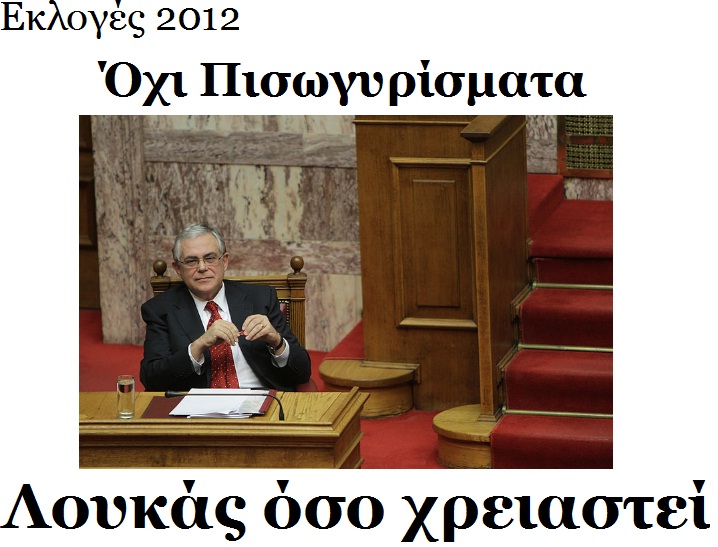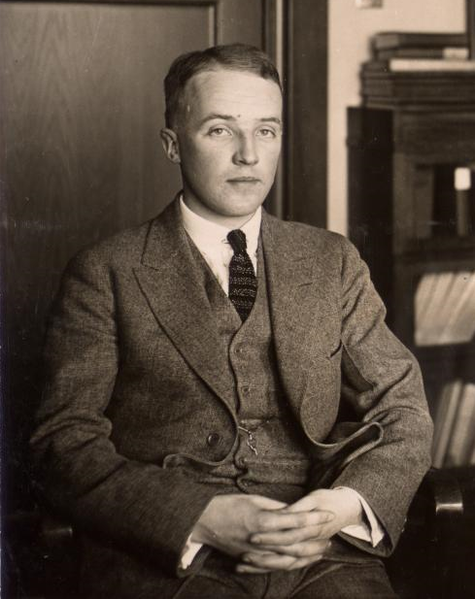<Back to Index>
- Physician Charles Herbert Best, 1899
- Sculptor Marino Marini, 1901
- Prince of Wallachia and Moldavia Constantine Mavrocordatos, 1711
PAGE SPONSOR


Charles Herbert Best, CC, MD, FRS, FRSC, FRCP (February 27, 1899 – March 31, 1978) was a medical scientist and one of the co-discoverers of insulin.
Born in West Pembroke, Washington County, Maine, he was the son of Luella Fisher and Herbert Huestis Best, Canadians from Nova Scotia. Best moved to Toronto, Ontario in 1915 where he started studying towards a Bachelor of Arts degree at University College, University of Toronto. In 1918, he enlisted in the Canadian Army serving with the 2nd Canadian Tank Battalion. After the war, he completed his degree in the Physiology and Biochemistry course.
As a 22-year-old medical student at the University of Toronto he worked as an assistant to Dr. Frederick Banting and played a major role in the discovery of the pancreatic hormone insulin — one of the most significant advances in medicine, enabling an effective treatment for diabetes. In the spring of 1921, Banting traveled to Toronto to visit J.J.R. Macleod who was Professor of Physiology at the University of Toronto, and asked Macleod if he could use his lab space. Macleod was initially sceptical, but eventually agreed to let Banting use his lab space while he was on holiday for the summer. He also supplied Banting with ten dogs to experiment on, and two medical students, Best and Clark Noble, to use as lab assistants, before leaving for Scotland.
Since Banting only required one lab assistant, Best and Noble flipped a coin to see which would assist Banting for the first half of the summer. Best won the coin toss, and took the first shift as Banting's assistant. Loss of the coin toss may have proved unfortunate for Noble, given that Banting decided to keep Best for the entire summer (and eventually shared half his Nobel Prize money and a large part of the credit for the discovery of insulin with the winner of the toss). Had Noble won the toss, his career might have taken a different path.
In
1923, the Nobel Prize committee honoured Banting and J.J.R. Macleod with the Nobel Prize in Medicine for the
discovery of insulin, ignoring Best. This incensed
Banting, who voluntarily shared half of his award
money with Best.
Best succeeded Macleod as professor of physiology at University of Toronto in 1929. During World War II he was influential in establishing a Canadian programme for securing and using dried human blood serum. In his later years, Best was an adviser to the medical research committee of the United Nations World Health Organization.
Best married Margaret Hooper Mahon in Toronto in 1924. They had two sons. One son, Dr. Henry Best was a well regarded historian who later became Laurentian University President in 1977. Thirty years later his own daughter, Mairi Best, has become equally regarded in her own right as the associate director (Science) for NEPTUNE Canada.
Charles
Best is interred in Mount Pleasant Cemetery, Toronto.
In 1967 he was made a Companion of the Order of Canada in recognition "for his contribution to medicine, particularly as co-discoverer of insulin". He was a Commander of the Civil Division of the Order of the British Empire and was made a member of Order of the Companions of Honour in 1971 "for services to Medical Research". He was a fellow of the Royal Society of London, the Royal Society of Canada, and was the first Canadian to be elected into the Pontifical Academy of Sciences. In 1994 he was inducted into the Canadian Medical Hall of Fame. In 2004, he was inducted into the National Inventors Hall of Fame.
Dr. Charles Best Secondary School in Coquitlam, British Columbia, C.H. Best West Elementary School in Burlington, Ontario, and C.H. Best East Middle School in Toronto, Ontario, are named in his honour.
Dr. Charles Best received 18 Honorary Degrees from Universities around the World.